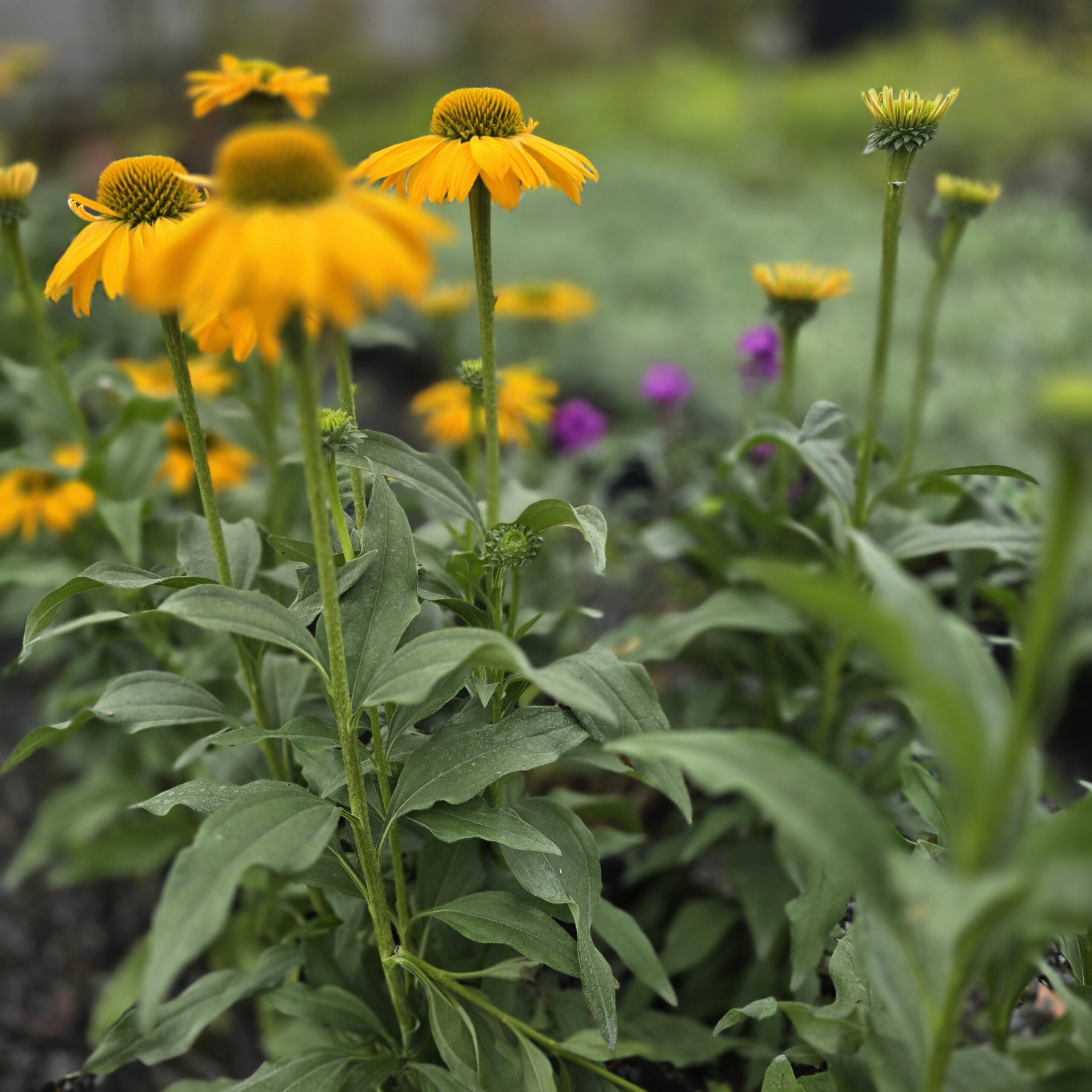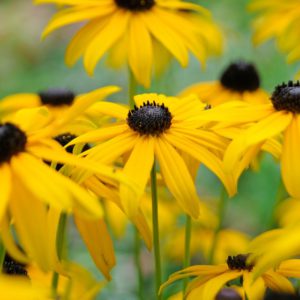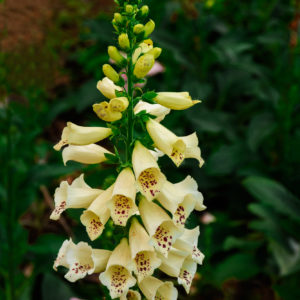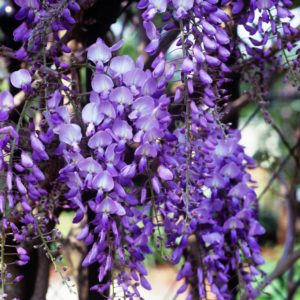Echinacea ‘Sunseekers Yellow’
€8.50
Frequently Bought Together


Description
Echinacea ‘Sunseekers Yellow’ (Yellow Coneflower)
Quick Facts
- Height: 60-80cm
- Spread: 40-50cm
- Soil: Well-drained, fertile soil
- Water: Moderate, drought tolerant once established
- Hardiness: Fully hardy (-15°C to -20°C)
- Flowering Time: June to September
- Position: Full sun to partial shade
- Flower Colour: Bright golden yellow
- Foliage: Mid-green, lance-shaped leaves
Description
Like sunshine captured in petals, Echinacea ‘Sunseekers Yellow’ brings warmth and joy to any garden border. This stunning perennial coneflower breaks away from the traditional purple palette, offering cheerful golden-yellow blooms that dance on sturdy stems throughout the summer months.
Each flower head displays the classic coneflower form – bright yellow petals radiating from a prominent central cone that develops beautiful bronze tones as the season progresses. The blooms are magnets for butterflies and bees, creating a living tapestry of colour and movement in your garden.
What makes ‘Sunseekers Yellow’ particularly special is its remarkable resilience. Once established, this hardy perennial tolerates drought conditions whilst continuing to produce wave after wave of golden blooms. The sturdy stems rarely need staking, making it an excellent choice for naturalistic plantings and prairie-style gardens.
Perfect for cottage garden borders, wildlife gardens, or contemporary perennial schemes, this echinacea pairs beautifully with ornamental grasses, rudbeckia, and purple salvias. The flowers are also excellent for cutting, bringing that garden sunshine indoors.
Caragh’s Garden Notebook
Plant spacing 40-50cm apart. Echinacea ‘Sunseekers Yellow’ appreciates good drainage – if your soil is heavy clay, work in some grit or compost before planting.
Deadhead regularly to encourage continuous flowering, but leave some seed heads in autumn – the birds will thank you, and the architectural forms add winter interest. Divide clumps every 3-4 years in spring to maintain vigour.
This variety is particularly beloved by goldfinches who feast on the seeds, whilst the long flowering period provides nectar for pollinators from early summer right through to autumn. In our Irish climate, the excellent drainage tolerance makes this a reliable performer even in wet summers, whilst its drought tolerance sees it through our occasional dry spells.





